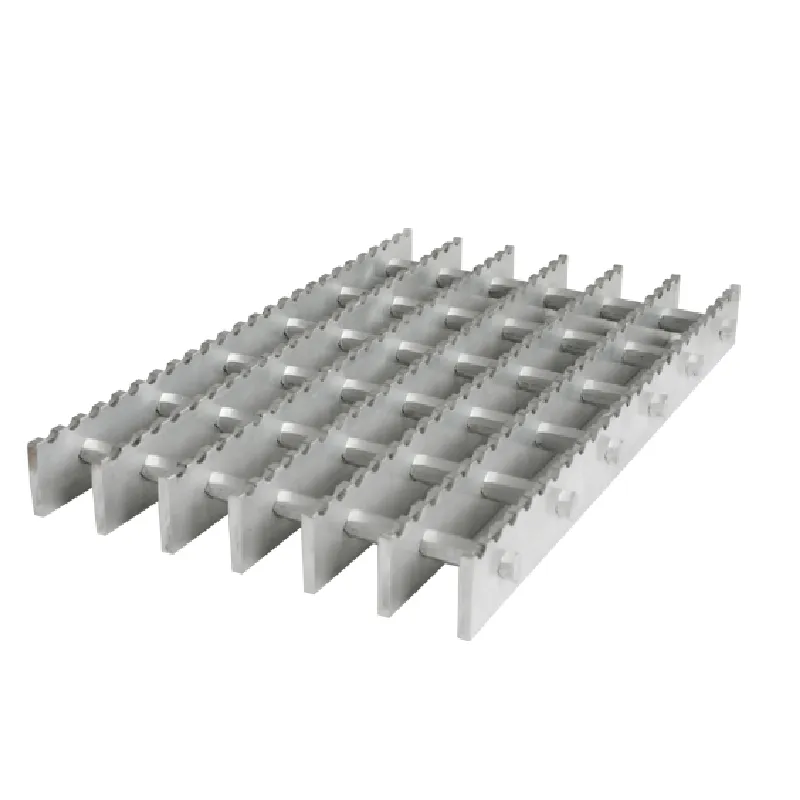- Industrial zone, South of Anping Town, Hengshui, Hebei, China.
- sales@hfpetromesh.com
- +86-18931809706
 Afrikaans
Afrikaans  Albanian
Albanian  Amharic
Amharic  Arabic
Arabic  Armenian
Armenian  Azerbaijani
Azerbaijani  Basque
Basque  Belarusian
Belarusian  Bengali
Bengali  Bosnian
Bosnian  Bulgarian
Bulgarian  Catalan
Catalan  Cebuano
Cebuano  Corsican
Corsican  Croatian
Croatian  Czech
Czech  Danish
Danish  Dutch
Dutch  English
English  Esperanto
Esperanto  Estonian
Estonian  Finnish
Finnish  French
French  Frisian
Frisian  Galician
Galician  Georgian
Georgian  German
German  Greek
Greek  Gujarati
Gujarati  Haitian Creole
Haitian Creole  hausa
hausa  hawaiian
hawaiian  Hebrew
Hebrew  Hindi
Hindi  Miao
Miao  Hungarian
Hungarian  Icelandic
Icelandic  igbo
igbo  Indonesian
Indonesian  irish
irish  Italian
Italian  Japanese
Japanese  Javanese
Javanese  Kannada
Kannada  kazakh
kazakh  Khmer
Khmer  Rwandese
Rwandese  Korean
Korean  Kurdish
Kurdish  Kyrgyz
Kyrgyz  Lao
Lao  Latin
Latin  Latvian
Latvian  Lithuanian
Lithuanian  Luxembourgish
Luxembourgish  Macedonian
Macedonian  Malgashi
Malgashi  Malay
Malay  Malayalam
Malayalam  Maltese
Maltese  Maori
Maori  Marathi
Marathi  Mongolian
Mongolian  Myanmar
Myanmar  Nepali
Nepali  Norwegian
Norwegian  Norwegian
Norwegian  Occitan
Occitan  Pashto
Pashto  Persian
Persian  Polish
Polish  Portuguese
Portuguese  Punjabi
Punjabi  Romanian
Romanian  Russian
Russian  Samoan
Samoan  Scottish Gaelic
Scottish Gaelic  Serbian
Serbian  Sesotho
Sesotho  Shona
Shona  Sindhi
Sindhi  Sinhala
Sinhala  Slovak
Slovak  Slovenian
Slovenian  Somali
Somali  Spanish
Spanish  Sundanese
Sundanese  Swahili
Swahili  Swedish
Swedish  Tagalog
Tagalog  Tajik
Tajik  Tamil
Tamil  Tatar
Tatar  Telugu
Telugu  Thai
Thai  Turkish
Turkish  Turkmen
Turkmen  Ukrainian
Ukrainian  Urdu
Urdu  Uighur
Uighur  Uzbek
Uzbek  Vietnamese
Vietnamese  Welsh
Welsh  Bantu
Bantu  Yiddish
Yiddish  Yoruba
Yoruba  Zulu
Zulu
- Afrikaans
- Albanian
- Amharic
- Arabic
- Armenian
- Azerbaijani
- Basque
- Belarusian
- Bengali
- Bosnian
- Bulgarian
- Catalan
- Cebuano
- Corsican
- Croatian
- Czech
- Danish
- Dutch
- English
- Esperanto
- Estonian
- Finnish
- French
- Frisian
- Galician
- Georgian
- German
- Greek
- Gujarati
- Haitian Creole
- hausa
- hawaiian
- Hebrew
- Hindi
- Miao
- Hungarian
- Icelandic
- igbo
- Indonesian
- irish
- Italian
- Japanese
- Javanese
- Kannada
- kazakh
- Khmer
- Rwandese
- Korean
- Kurdish
- Kyrgyz
- Lao
- Latin
- Latvian
- Lithuanian
- Luxembourgish
- Macedonian
- Malgashi
- Malay
- Malayalam
- Maltese
- Maori
- Marathi
- Mongolian
- Myanmar
- Nepali
- Norwegian
- Norwegian
- Occitan
- Pashto
- Persian
- Polish
- Portuguese
- Punjabi
- Romanian
- Russian
- Samoan
- Scottish Gaelic
- Serbian
- Sesotho
- Shona
- Sindhi
- Sinhala
- Slovak
- Slovenian
- Somali
- Spanish
- Sundanese
- Swahili
- Swedish
- Tagalog
- Tajik
- Tamil
- Tatar
- Telugu
- Thai
- Turkish
- Turkmen
- Ukrainian
- Urdu
- Uighur
- Uzbek
- Vietnamese
- Welsh
- Bantu
- Yiddish
- Yoruba
- Zulu
Jan . 13, 2025 12:38
Back to list
floor steel grating
Navigating the world of flooring solutions, particularly floor grating, requires a keen understanding not only of the options available but also of the pricing dynamics that govern this essential component. Floor grating, often employed in industrial environments, walkways, and various architectural applications, offers robust strength and durability. Yet, the price of floor grating can vary widely depending on several critical factors. Here we delve into the nuanced aspects that influence floor grating pricing and how businesses and individuals can make informed decisions.
Market demand and supply chain dynamics cannot be ignored in the pricing equation. Economic fluctuations, the availability of raw materials, and global supply chain disruptions can cause prices to shift unexpectedly. Staying informed about market trends and working with reputable suppliers with transparent pricing can mitigate unforeseen costs and provide a clearer picture of available options. Installation processes and labor costs might not directly affect the grating price but contribute significantly to overall project expenses. Different types of grating might require specialized installation procedures, impacting labor costs. Clients should factor in these expenses when budgeting for their flooring projects, ensuring that installation complexities do not eclipse the initial savings on material costs. Sourcing floor grating from authorized and well-established suppliers enhances trustworthiness and ensures quality. Suppliers with extensive industry experience provide products that meet safety and regulatory standards, offering long-term reliability and performance. Detailed attention to these criteria not only supports an informed buying decision but also strengthens the foundation for a successful flooring project, balancing cost, functionality, and durability in perfect harmony.


Market demand and supply chain dynamics cannot be ignored in the pricing equation. Economic fluctuations, the availability of raw materials, and global supply chain disruptions can cause prices to shift unexpectedly. Staying informed about market trends and working with reputable suppliers with transparent pricing can mitigate unforeseen costs and provide a clearer picture of available options. Installation processes and labor costs might not directly affect the grating price but contribute significantly to overall project expenses. Different types of grating might require specialized installation procedures, impacting labor costs. Clients should factor in these expenses when budgeting for their flooring projects, ensuring that installation complexities do not eclipse the initial savings on material costs. Sourcing floor grating from authorized and well-established suppliers enhances trustworthiness and ensures quality. Suppliers with extensive industry experience provide products that meet safety and regulatory standards, offering long-term reliability and performance. Detailed attention to these criteria not only supports an informed buying decision but also strengthens the foundation for a successful flooring project, balancing cost, functionality, and durability in perfect harmony.
Share
Next:
Latest news
-
Why Our Shaker Screen for Sale Stands Out in Every ApplicationNewsAug.08,2025
-
Unmatched Efficiency with Premium Shale Shaker Screen TechnologyNewsAug.08,2025
-
Reliable, Durable, and Cost-Effective: Press Locked Steel Grating SolutionsNewsAug.08,2025
-
Precision Strength with Welded Steel Bar GratingNewsAug.08,2025
-
Perimeter Safety Netting: The High-Strength Shield for Elevated Safety SolutionsNewsAug.08,2025
-
Maximize Performance with Steel Walkway GratingNewsAug.08,2025